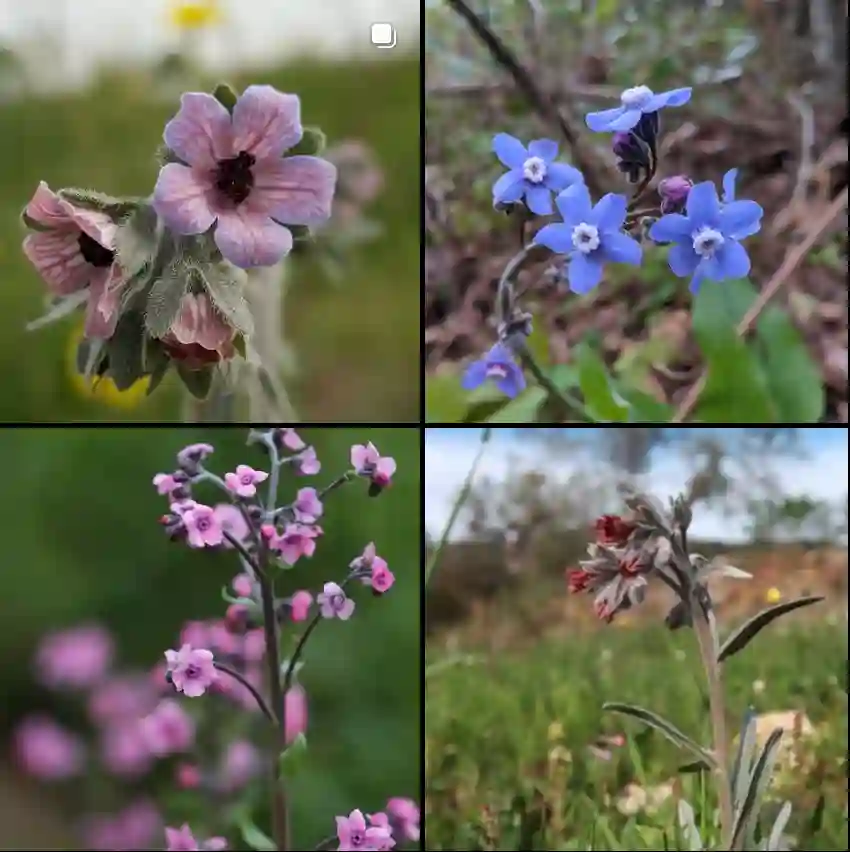
Sida Rhombifolia: From Backyard Weed to Vibrant Dye Source
As a lover of all things natural, I’m constantly drawn to the hidden potential within the plants that surround us. Recently, my curiosity landed on a rather ordinary weed – Sida rhombifolia, also known as arrowleaf sida. This unassuming plant, with its diamond-shaped leaves and yellow flowers, has surprised me with its unique properties. Not only is it a resilient weed, but it also holds the key to creating beautiful, natural dyes.
275 Species in Genus Sida
How to Make Dye from Sida Rhombifolia?
The process of extracting dye from Sida rhombifolia is surprisingly straightforward. Here’s what I discovered:
- Gather your materials: You’ll need fresh or dried Sida rhombifolia leaves, a large pot for dyeing, a strainer, alum (a mordant to fix the dye), and the fabric you wish to dye. Natural fibers like cotton, linen, and wool work best.
- Prepare the plant material: If using fresh leaves, chop them roughly. Dried leaves can be used whole.
- Extract the color: Fill your pot with water and add the Sida rhombifolia. Bring the mixture to a boil and simmer for 30-45 minutes, or until the water takes on a rich yellow color.
- Mordanting (optional but recommended): Mordanting helps the dye adhere better to the fabric. Dissolve alum in a separate pot of hot water according to package instructions. Soak your fabric in the mordant solution for at least 30 minutes, then rinse thoroughly.
- Dyeing the fabric: Strain the cooled Sida rhombifolia dye bath into a clean pot. Add the pre-mordanted fabric and simmer for another 30-60 minutes, depending on the desired color intensity. The longer you simmer, the deeper the yellow hue will become.
- Rinsing and drying: Once you’ve achieved the desired color, remove the fabric from the dye bath and rinse it thoroughly in cool water until the rinse water runs clear. Hang the fabric to dry in a shady area.
With this simple process, you can transform plain fabric into a piece of wearable art using this natural wonder from your backyard.
Why is Sida Rhombifolia Used to Blacken Teeth?
Beyond its dyeing potential, Sida rhombifolia has a rather surprising traditional use – blackening teeth. In some cultures, black teeth are considered a sign of beauty or maturity. While the science behind it is unclear, Sida rhombifolia leaves are believed to contain tannins and other compounds that stain teeth a dark color.
It’s important to note that this practice might not be suitable for everyone. Consult a dentist before attempting any natural teeth-staining methods, as it could potentially damage your tooth enamel.
Beyond the Dye Pot: Additional Uses for Sida Rhombifolia
My exploration of Sida rhombifolia didn’t stop at dyeing. Here are some additional ways this versatile plant can be used:
- Medicinal properties: Traditionally, Sida rhombifolia has been used in various cultures to treat coughs, colds, and skin conditions. However, more research is needed to validate these claims.
- Fiber source: The strong stems of Sida rhombifolia can be used to make twine or rope.
- Wildlife habitat: The flowers of Sida rhombifolia attract butterflies and other pollinators, making it a valuable addition to a wildlife garden.
A Final Note: Respecting the Plant and the Environment
While Sida rhombifolia is a common weed, it’s important to harvest it responsibly. Only take what you need and leave enough for the plant to reproduce. Additionally, be sure to identify the plant correctly to avoid harvesting something else entirely.
Through experimentation and research, I’ve come to appreciate the hidden potential of Sida rhombifolia. From vibrant dyes to potential medicinal uses, this little weed has a lot to offer. So, the next time you see Sida rhombifolia growing, take a closer look – you might just discover a natural treasure in your own backyard.
If i die, water my plants!



